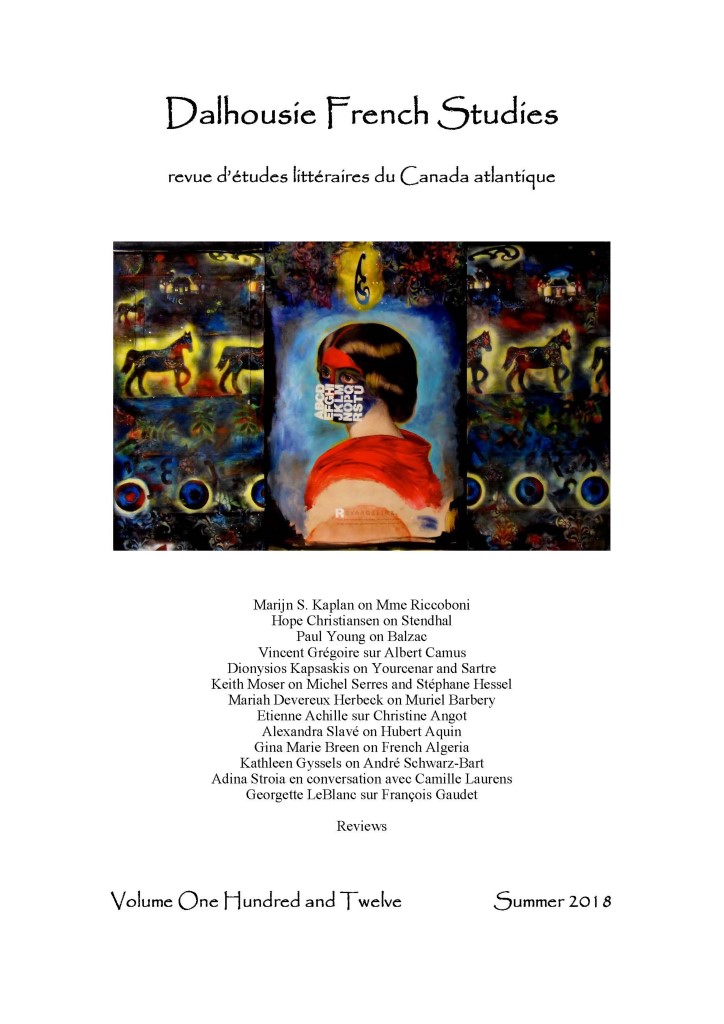Restaging the Eighteenth Century: Intertextuality in Balzac‘s La Cousine Bette
Résumé
La Cousine Bette (1846-1847) offre aux lecteurs de nombreuses références au dix-huitième siècle, avec une attention particulière à la littérature, l‘architecture, les mouvements artistiques, et les figures historiques qui traversent ce siècle. Ce roman, ainsi que Le Cousin Pons, (qui, avec La Cousine Bette forment les “Parents pauvres”) témoigne de la fascination que Balzac ressent pour le dix-huitième siècle, fascination qui touche à son apogée dans la période 1846-1848. Dans La Cousine Bette, Balzac décide de retravailler et ré-écrire certains moments iconiques tirés des romans les plus célèbres du dix-huitième siècle, dans un double but. D‘une part, à travers ce geste, Balzac suggère que La Cousine Bette mérite sa place dans ce canon littéraire en formation. D‘autre part, ses références multiples au siècle passé servent à lancer une critique mordante de sa propre époque, et la culture de la monarchie de Juillet. Juxtaposé à un passé qui signale une certaine sorte de raffinement, ce “nouveau régime” apparaît fade, postiche, et mesquin.


